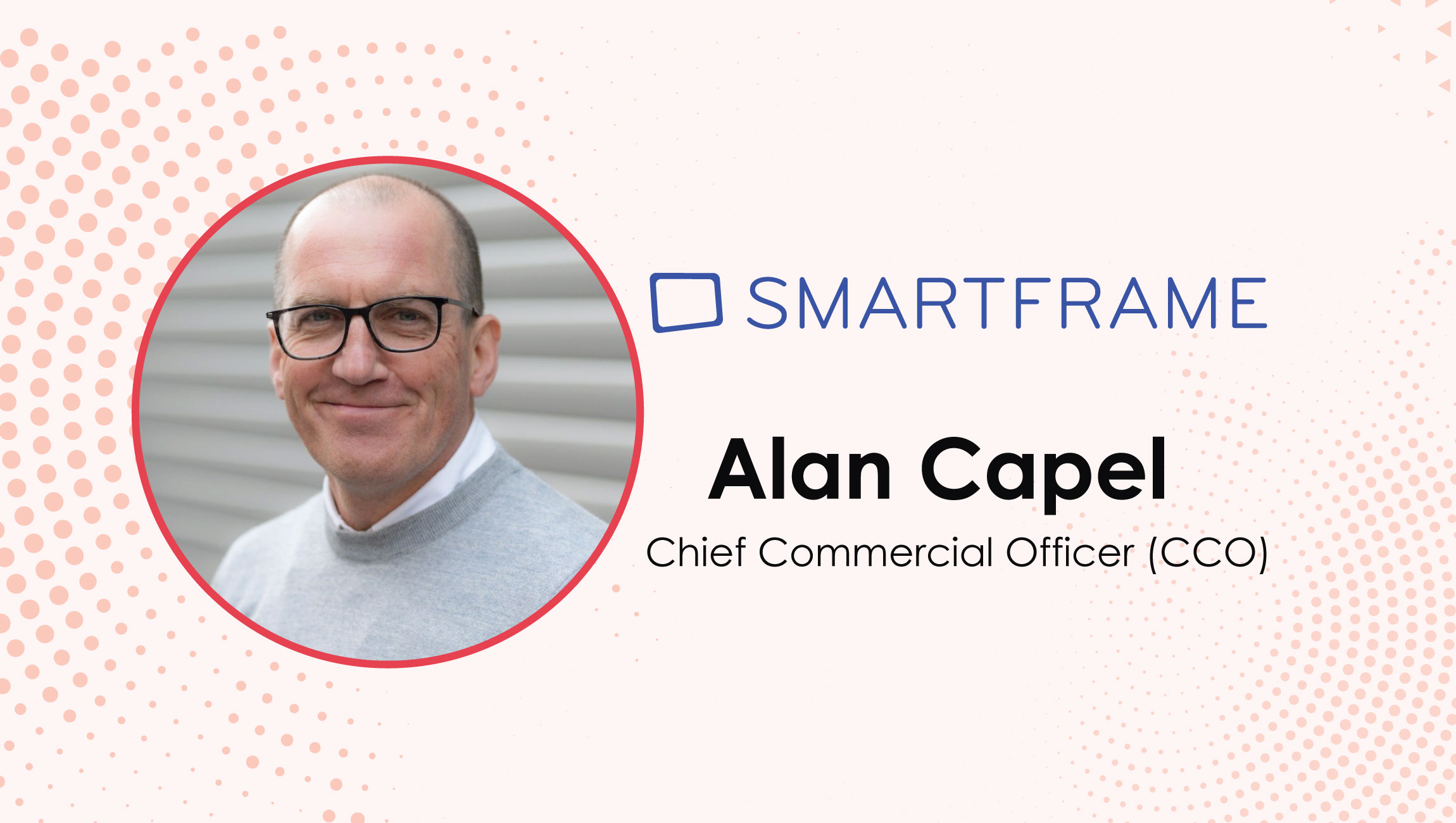The death of the cookie – and therefore attribution – is among the biggest challenges CMOs have ever encountered. Years – decades – of the ability to track users across domains and channels created the omnichannel environment.
And despite this hardship, CEOs are leaning on their marketing executives to deliver value in turbulent times. You can forgive those marketers for decrying their fate and feeling hopeless due to the fact that they’re being asked to be a financial steward and demonstrate value while their historic superpower is being taken away.
Of course, the death of the cookie has been a topic for many years; it’s only now that we’re at the finish line. Google is definitive about its plans. It is beginning a gradual phase-out of cookies in Q1 2024 (1% of users), with an expected full elimination of cookie support in the second half of 2024 remains on track.
But there is good news if you look past the industry-wide disruption: the death of the cookie enables the entire industry to face up to the simple fact that attribution was always a false hope. Attribution helped marketers understand more about their customers and where to reach them, but it needed to be more definitive and really based on reality.
Here’s some more good news. The death of attribution is unlike several other market disruptions in that it will affect everyone. The tech giants making these changes won’t carve out special lanes for the biggest advertisers. Everyone will be on the same playing field post-attribution. So what do you need to do? The winners will depend on who has the right strategy.
Now is the time for champions to emerge. One thing won’t change: brands will remain focused on piecing together the same story: How did that ad spend impact my business?
Marketing Technology News: MarTech Interview with Karen Ng, SVP of Product and Partnerships at HubSpot
Here’s how to approach that question in a post-cookie future.
1. An organization’s data is its biggest asset and must be actively held internally.
This is as true now as it was in the glorious days of cookie past. Only now it’s the only game in town. Companies that have gotten their data story in order are ahead of the game. Those who previously entrusted agencies with their data will need to begin the hard work of creating their own data warehouse. Again, this should have always been the industry standard as agencies, no matter how noble they are, should not be maintaining the data that demonstrates the efficacy of their actions. However, brands have been hamstrung by the difficulty of building their own stack.
2. Create a single source of truth for all data that enables unified reporting.
Among the biggest pain points for companies we talk to is feeling like they have tons of important data just out of reach. Whether that data is in silos or held internally or in a format that doesn’t mesh with the rest of their datasets, they just can’t wrap their arms around everything they need to make quicker decisions. It’s a common issue. If you don’t have all of your data, one could argue you don’t have any of it. By that, I mean, an incomplete picture could lead an organization to make incorrect decisions. Also, a lack of centralized data makes it harder to create data visualizations, which are the easiest ways to share that information throughout the organization.
3. Utilize AI to identify actionable insights from the data.
All the data in the world means next to nothing if you don’t – or can’t – act upon it. Even companies that have always managed their data internally may have previously struggled with what to do with that information. But along comes AI. Keep in mind – as impressive as ChatGPT and Stable Diffusion other generative AI technologies are – that’s not what we’re talking about here. We’re talking about performance AI, which may not be as sexy as being able to ask a prompt to create an image of Keanu Reeves and Ulysses S. Grant watching The White Album-era Beatles playing at the Las Vegas sphere. But its impact on businesses is. Performance AI can now provide channel-specific recommendations guiding optimal spend. While AI is still in its infancy, it can power recommendation engines that can predict optimal media mix in real-time.
The cookieless future may not be what marketers wanted but it’s the cards they’ve been dealt. I am channeling my latent optimist to say – this is a great opportunity to embrace a first-party data-first strategy that should have always been the norm. Now it will be. And by adding to it AI, you have supercharged your ability to take decisive action on that data.
History is filled with many moments of incredible change where winners emerge from seemingly nowhere. If you’re behind on data collection and centralization, let this be your call to action. Carpe data!
Marketing Technology News: Social Media Predictions for 2024: The Top 6 Trends That Will Shape Brand Strategies in the Coming Year











